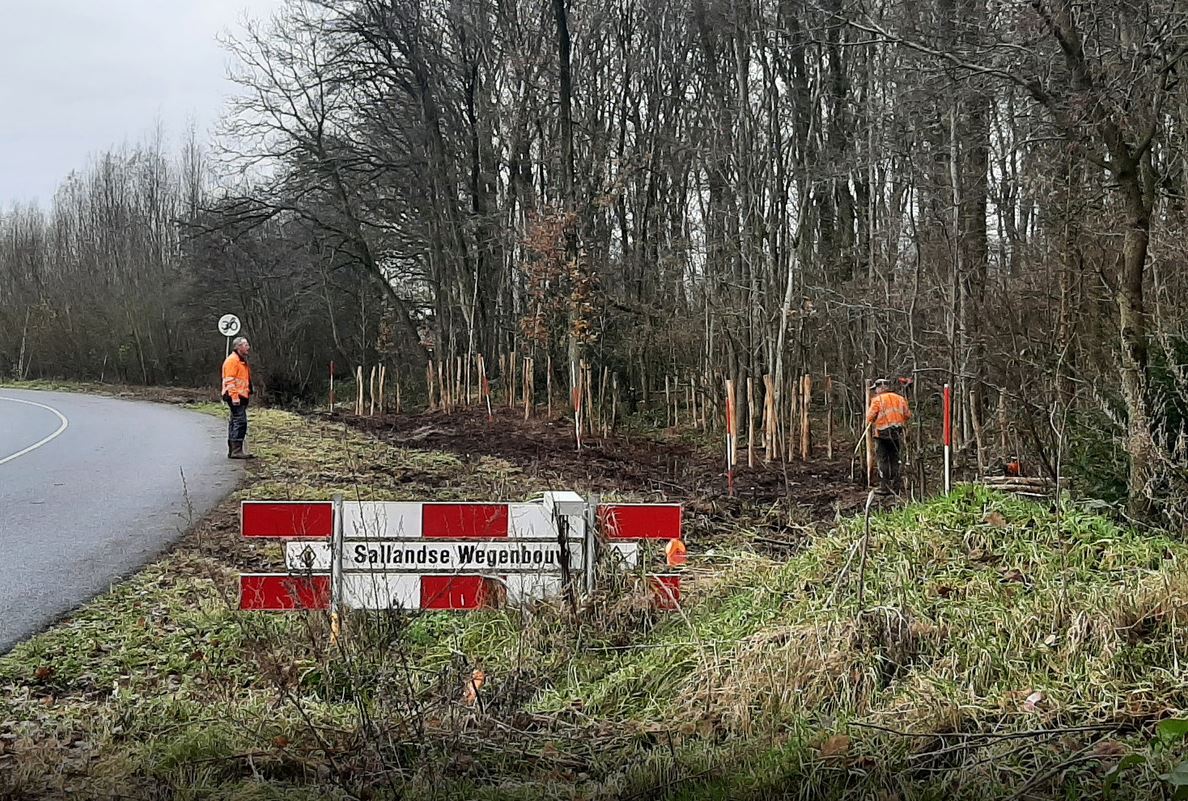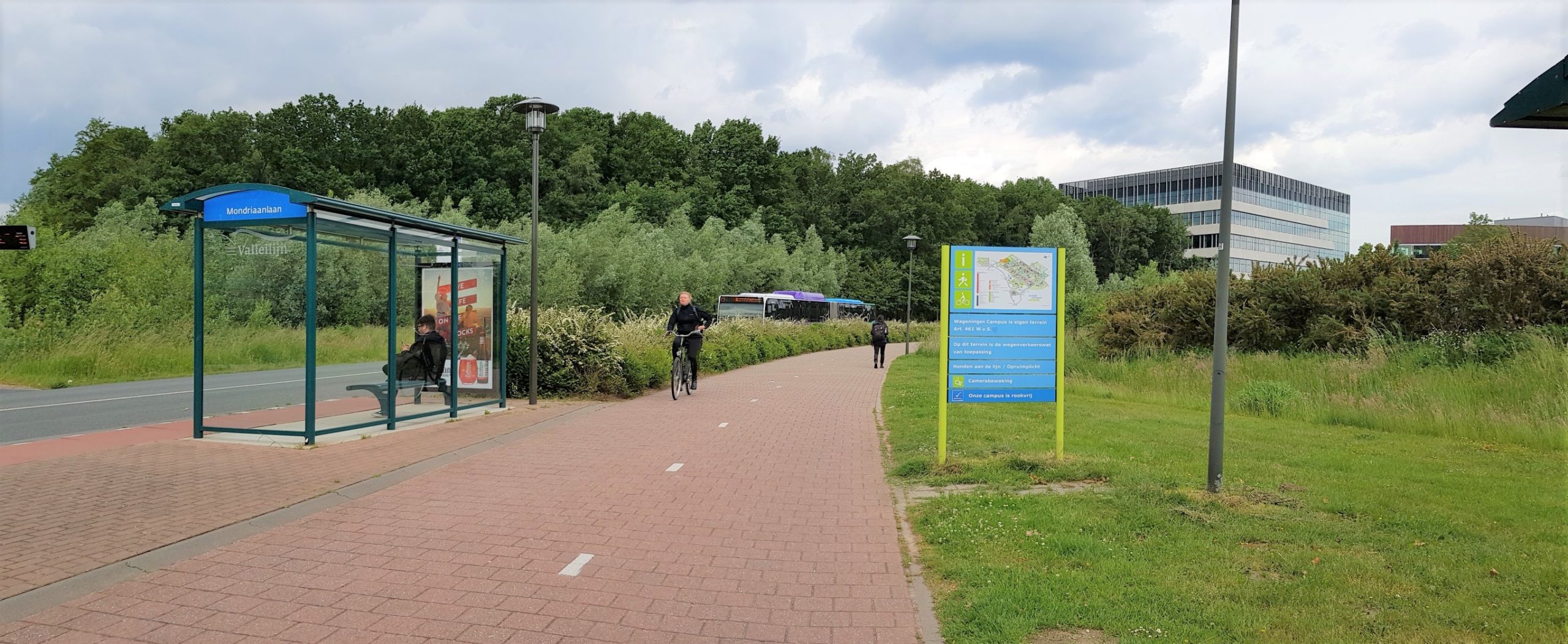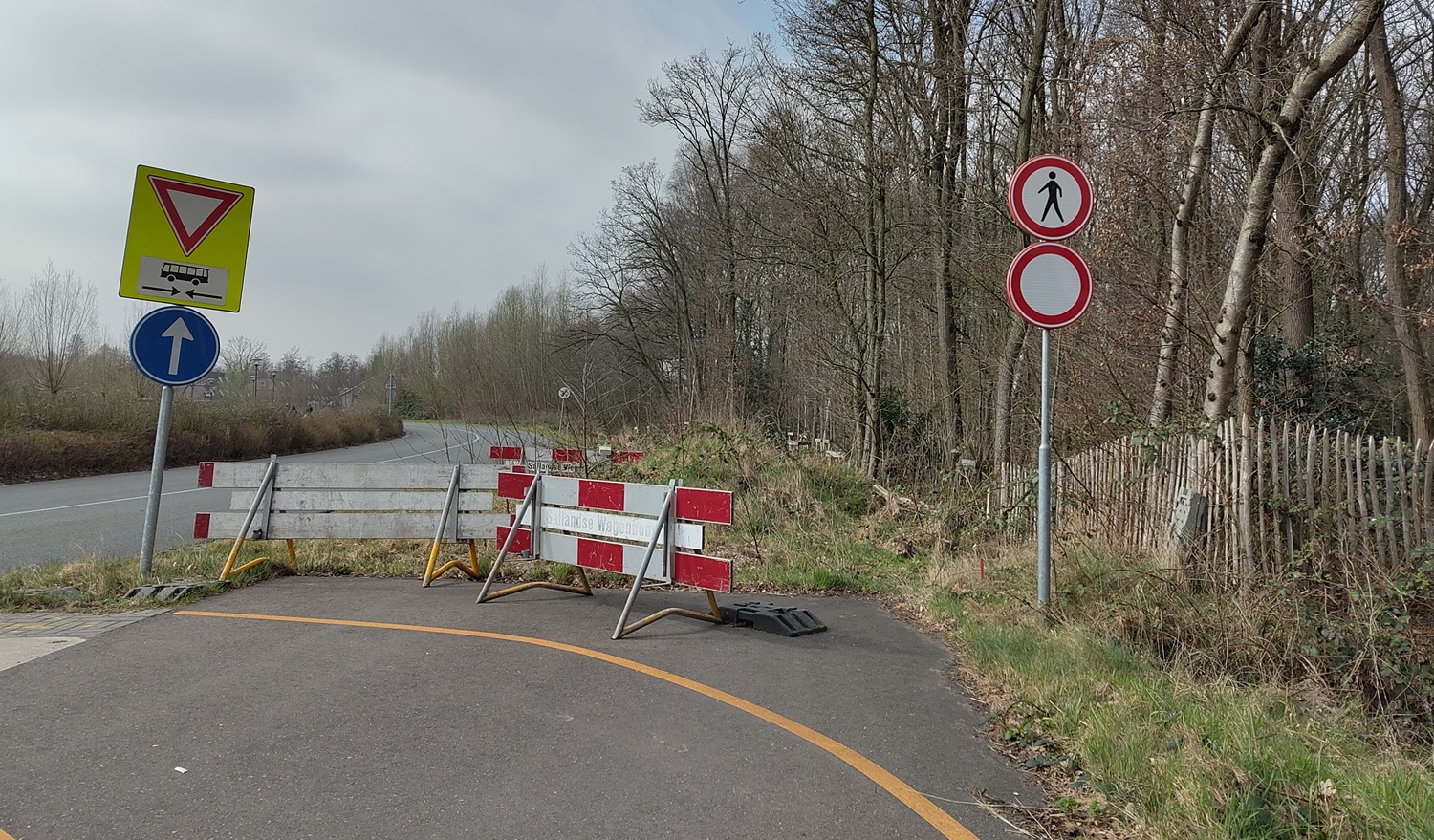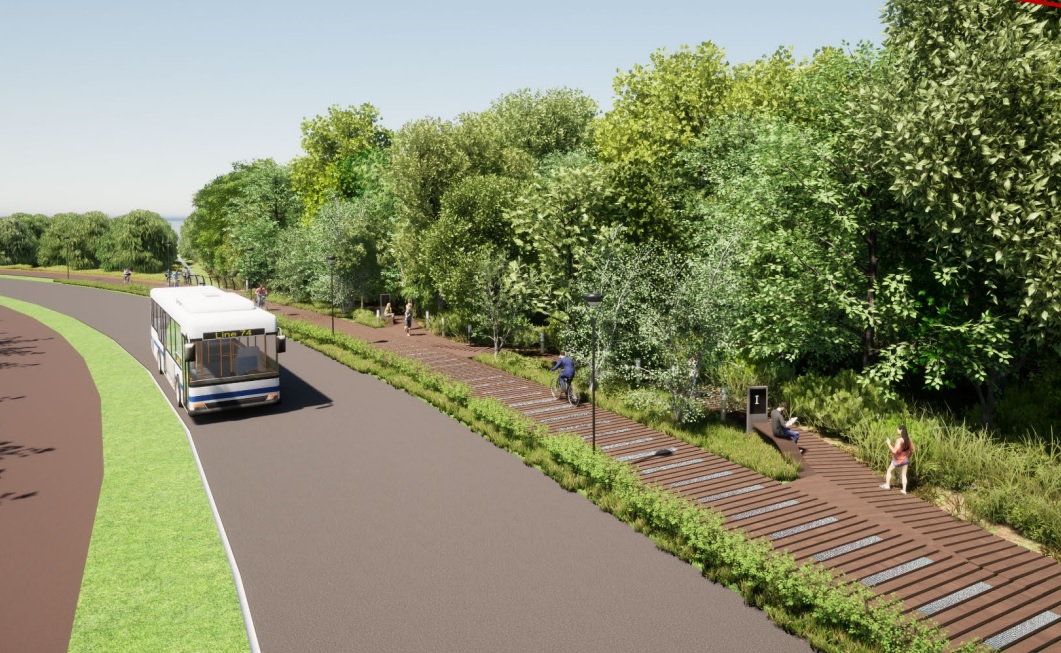Some thirty additional trees have been added to the Dassenbos on the campus this week. These trees serve to compensate for the fourteen trees WUR cut down without a permit in January 2021. The replanted trees kick off an almost three-year-long soap related to the construction of a new biking lane between the education building Aurora and Dijkgraaf.
Residents of the adjacent neighbourhoods Noordwest and Mooi Wageningen were upset over the trees having been cut down. The trees were rooted in soil later identified as forest soil of over one hundred years old, which is to remain undisturbed. To complicate matters further, Gelderland Province recently determined this to be false.
That opens the way for the controversial biking lane. ‘WUR is preparing the planning and design in collaboration with Wageningen municipality. The province has no part in this process’, says a spokesperson for Gelderland Province.
Completion by the summer of 2025
Her WUR colleague says that planting the trees marks the beginning of the preparation for the bicycle lane. ‘We have replanted twice the number of trees that were cut down. Now we wait for the final permits. I hope we will have them before the end of the year.’
A spokesperson for Wageningen municipality says there are more steps to be taken. ‘First, we must arrive at a definitive design with WUR. After that, we can issue a permit’, says the spokesperson. ‘After that, an estimated preparation time of one year is needed, and the aim is to have the lane ready no later than the summer of 2025.’
Path on decking
‘The new lane is to be constructed on decking’, the WUR spokesperson says. ‘That plan was devised a few months ago.’ He refers to WUR ecologist Wieger Wamelink’s idea, which he came up with during a cycling trip on the Veluwe.
The new lane will be elevated some ten centimetres above ground. ‘Thus, air can still reach the soil. Grates will be placed in the lane to keep the soil moist. We hope this will make a habitat for the fungi and bacteria that live in the old forest soil’, Wamelink explained earlier.
Despite the fact that the province ruled that the ground on which the lane is to be constructed is not, in fact, historical forest soil, WUR wants to return the soil to its former glory. Students will study the soil’s recovery in the coming years.
Access for employees
According to WUR, the construction of the controversial cycling lane is necessary. Access to the campus for employees will be constructed south of the bus lane, where a cycling lane currently exists. That means the bike lane must be moved to the north side. Fifty metres of the lane, directly adjacent to the Dassenbos, will be constructed on decking; the remainder will be a conventional lane.
This article was previously published in De Gelderlander/Arnold Winkel.

 Landscaping company employees plant new trees along the Dassenbos. Photo: DG.
Landscaping company employees plant new trees along the Dassenbos. Photo: DG. 

